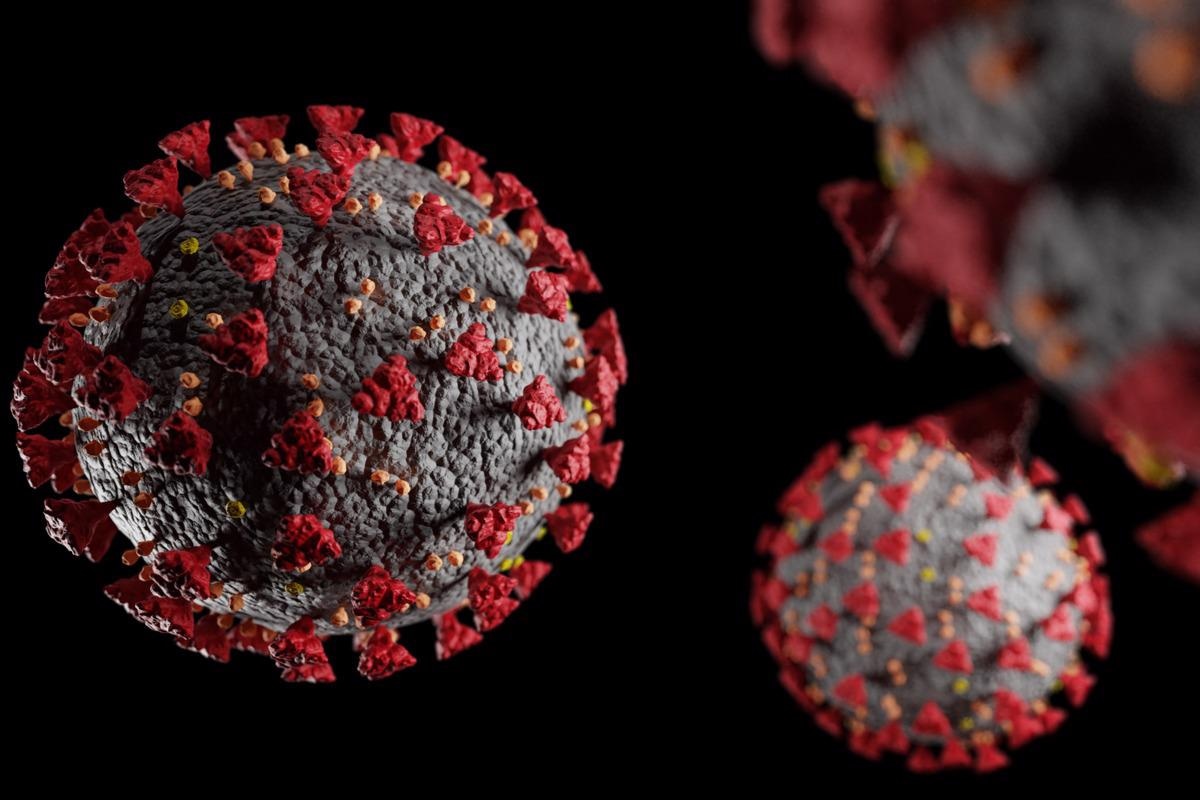In a recent study published in The Lancet, the authors estimated the global, national, and regional daily and cumulative severe acute respiratory syndrome coronavirus 2 (SARS-CoV-2) infections.
 Study: Estimating global, regional, and national daily and cumulative infections with SARS-CoV-2 through Nov 14, 2021: a statistical analysis. Image Credit: Cristian Moga/Shutterstock
Study: Estimating global, regional, and national daily and cumulative infections with SARS-CoV-2 through Nov 14, 2021: a statistical analysis. Image Credit: Cristian Moga/Shutterstock
Various studies have evaluated cumulative SARS-CoV-2 infections in different regions. However, an accurate and comprehensive estimate of coronavirus disease 2019 (COVID-19) daily infections in different regions is critical to understanding the factors responsible for past, present transmission patterns and future susceptibility to emerging COVID-19 variants.
About the study
In the present study, the researchers developed a novel approach to estimating past COVID-19 daily infections along with cumulative infections and the overall proportion of a region’s populations reporting one or more infections.
The team used a seven-step ensemble model framework to derive a comprehensive global estimate of daily and cumulative COVID-19 infections through the duration of the pandemic. First, the authors compiled a dataset of reported SARS-CoV-2 infections, total deaths related to the infections, and hospitalizations. Subsequently, they defined SARS-CoV-2 seroprevalence surveys to be included in the dataset of cumulative infections. This was followed by the creation of an empirical database of infection-detection ratios (IDRs), infection-hospitalization ratios (IHRs), and infection-fatality ratios (IFRs).
Statistical models were used to evaluate the IDR, IHR, and IFR according to the location and day of SARS-CoV-2 case diagnosis, thus estimating a complete timeline of infections for each region. The team subsequently combined the estimates of daily cases divided by IDR, related hospitalizations divided by IHR, and deaths divided by IFR to estimate the number of daily infections accurately. This combined time series was used to evaluate the cumulative infection cases, the cumulative proportion of the total population reporting one or more infections, and the posterior estimates of cumulative IHR, IDR, and IFR.
The daily infections were converted into a time series of effective reproductive numbers (Reffective) according to location and day of infection diagnosis. The estimates calculated by the team took into account all ages and genders for 190 countries and territories, 21 regions, seven super-regions across the globe, and their COVID-19-related data from the beginning of the COVID-19 pandemic up to November 14 2021.
Results
The study results showed that approximately 3.80 billion SARS-CoV-2 infections and reinfections were reported globally from the beginning of the pandemic to November 14, 2021. Among these, almost 1.5 billion cases were from South Asia, the highest number of infections out of the seven super-regions, while the highest infection rate of 79.3 per 100 individuals was found in the sub-Saharan region of Africa. In the super-region of central Europe, eastern Europe, and central Asia, the infection rate was 78.4. Furthermore, the infection rate was 74.3 in South Asia, 64.1 in Latin America and the Caribbean, 62.7 in North Africa and the Middle East, and 13.0 in Southeast Asia, East Asia, and Oceania. Notably, the super-regions with higher incomes had an infection rate of almost 26.0 and approximately 239 million infections.
Globally, the cumulative proportion of the total population infected once or more times with SARS-CoV-2 was 13.7% on October 1, 2020, which rose to 24.1% on February 15, 2021. Furthermore, the study noted that over a third of the world’s population was exposed to SARS-CoV-2 post the surge of the SARS-CoV-2 Delta variant in India. This led to 43.9% of the global population being exposed to the virus at least once.
While almost 5.6 million COVID-19-related deaths have been reported till November 14 2021, approximately 15.1 million deaths, with a rate of 195 deaths per 100,000 people, have been estimated to be a result of COVID-19 severity. The estimated death rate was less than one per 100,000 people in countries including New Zealand and China, while the same was 1,125 in Bolivia. A total of 23 countries, including Mexico, Brazil, Italy, the USA, and India, had a few states with an estimated death rate of over 450 per 100,000.
The IDR posterior estimates showed that 44.6% of COVID-19 infections were found in super-regions with high incomes, which included 18 countries and parts of Italy, Canada, Spain, and the USA. An average of 10% of infections were reported in countries in eastern Europe, central Europe, central Asia, Latin America, and the Caribbean, and less than 10% of the infections were found in the rest of the super-regions. The highest IFR and IHR were calculated in countries with a higher number of older individuals like Japan, while the lowest IFR and IHR values were estimated in sub-Saharan Africa.
Conclusion
The study findings showed that the significant differences noted in the cumulative proportions of infected individuals across regions could prove critical in developing location-specific COVID-19 prevention policies. The researchers believe that the present study could also play an important role in targeted transmission-prevention interventions, like the prioritization of COVID-19 vaccines.